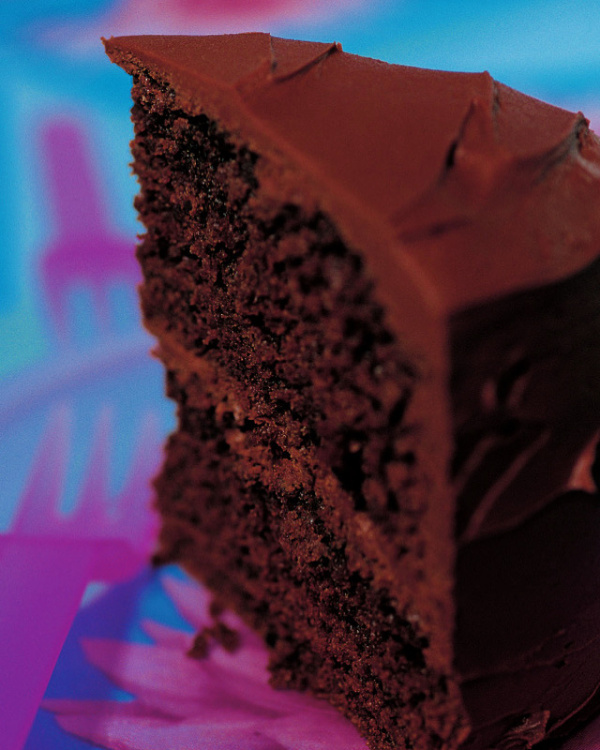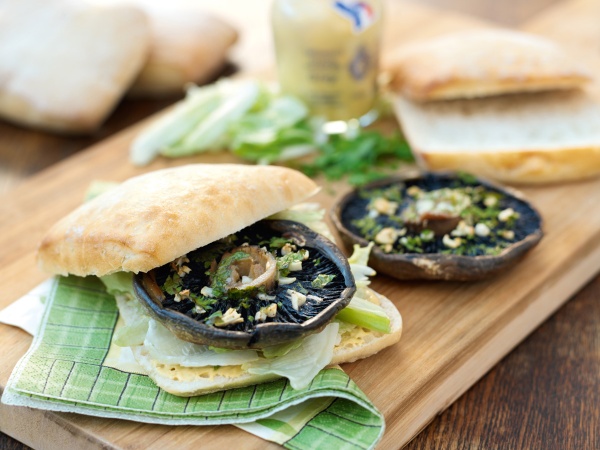Chocolate Fudge Cake Collapse
Asked by j714714j. Answered on 30th January 2011
Full question
Help - what did I do wrong? My daughter requested that I make your CFC for her 32nd birthday last Saturday and it was a disaster! I followed the recipe in Nigella Bites and first stumbled when I realised that the mixture could not possibly fit into my 2 already prepared 20cm sandwich tins - there was no mention of depth and mine certainly were not deep enough! I immediately dashed to our village hardware shop and purchased 2 x 20cm non stick tins which were deeper than my old ones. Success - mixture filled tins with room to spare. Cooked for 55 mins and tested - cakes cooked, then cooled firstly in tins as instructed and then after 15 mins turned out on to wire rack. Fortunately the filling was ready because with great aplomb my cakes subsided! Cracks (a bit like those during an earthquake!) appeared in each cake and slowly each one broke up! With less than 15 mins to spare before the entire family arrived, I stuck together this chocolate mess with the filling and tried to smooth over the cracks to make this birthday cake look edible. To be frank it looked like a very young person's first attempt at making a cake! I was gutted. I am a reasonably accomplished cook and have over the year made many birthday cakes - forts, hot air balloon & basket, treasure chests etc but this CFC defeated me! Why did this happen - did it rise to much and become unstable? I have asked several of my friends for suggestioons on what may have gone wrongr but it remains a mystery. Finally I have to say that despite looking awful it did taste wonderful - so I would like to "have another go" at making this cake using your recipe but without having another repeat performance of this disaster! Many thanks.-
Our answer
Unfortunately the time the unbaked batter was standing around is the most likely the reason that the cakes sunk and broke up. The recipe includes both baking powder and bicarbonate of soda to give lift. The bicarbonate of soda will start to act immediately and the baking powder will work a little more slowly and will be more affected by the heat of the oven. But these both create carbon dioxide via a chemical reaction and will only do so for a short amount of time. As your cake batter was standing for a while both would have finished by the time the cake went into the oven. Any bubbles of carbon dioxide still present in the batter would expand immediately but will collapse as soon as they cool and there will be no others forming while the cake bakes, causing the cake to sink and possibly break up. Most cakes, from a humble Victoria sponge to a fancy genoise need to go into the oven as soon as they are mixed for the best rise and results (hence most recipes start with preheating the oven and preparing the cake tins).
Older sandwich tins tend to be slightly shallow as they were designed primarily for Victoria sponge recipes. US-style cake recipes have become more poplar now and tend to be more liquid so do need slightly deeper tins. If you are looking at buying new tins then we would suggest considering a tin around 5cm (2 inches) deep. Wilton do a good range of round tins (either the "performance pans" in the link below, or the more expensive "decorator preferred" tins). They are fixed base but you should not have any problems if the tin is greased well and base lined with a circle of bake-o-glide or baking parchment. If you feel more comfortable with a loose-bottomed tin then Mermaid do a good range in the UK, again a link is below.
Wilton
http://www.sugarshack.co.uk/category/36/Good
Mermaid (there is a "where to buy" tab at the top of the page)
http://www.mermaidcookware.com/products/sponge_tin.asp






Tell us what you think
Thank you {% member.data['first-name'] %}.
Explore more questionsYour comment has been submitted.